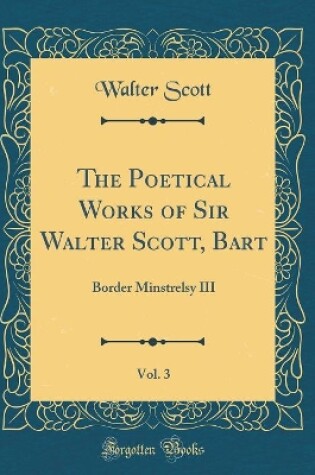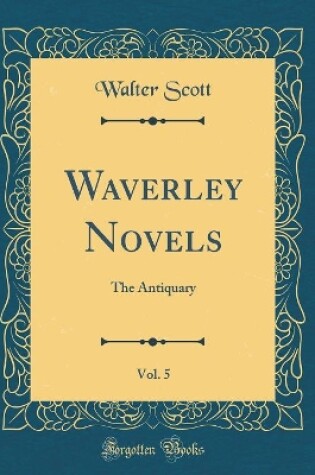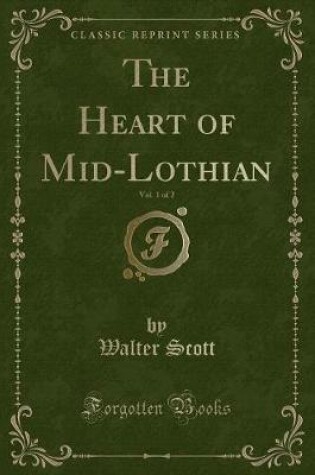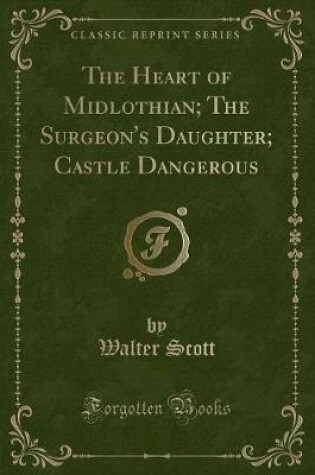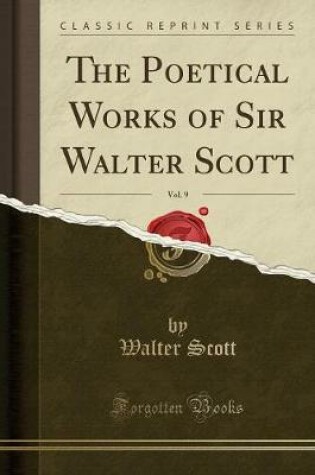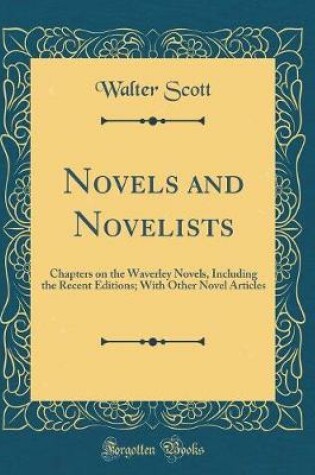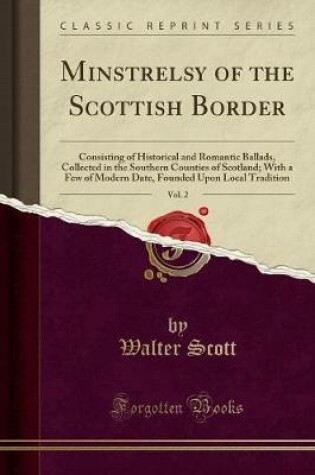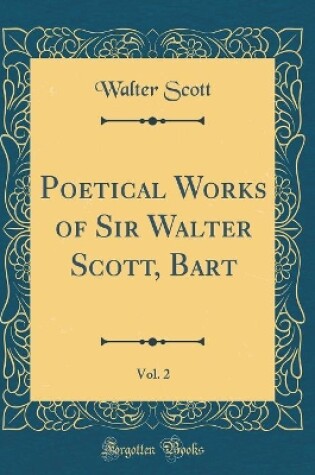Sir Walter Scott was born in Edinburgh, Scotland, in 1771. As a child he was entranced by the tales of the Scottish Borders, and soon he was reading broadly in the fields of history and legend; these interests were to mould the later man. After an extensive flirtation with German Romanticism -- he published two translations -- he returned to his initial love, the Borders and their ballads, publishing the important three-volume collection Minstrelsy of the Scottish Borders in 1802-3. The success of this collection, whose texts he had extensively rewritten, led him to publish the extremely popular book-length narrative poem The Lay of the Last Minstrel in 1805. Others followed the widespread popularity of this one, notably The Lady of the Lake (1810).
He had become a partner in the printing firm Ballantyne, and in 1813 had to rescue it from bankruptcy, in the process incurring enormous personal debts. To help pay these off, he picked up and finished the text of a novel about the 1745 Jacobite Rebellion that he'd started and abandoned in 1805. When published in 1814, Waverley was a huge success. Writing with phenomenal industry, he followed Waverley with a long string of historical and quasi-historical novels of which Guy Mannering (1815), Old Mortality (1816), Rob Roy (1818), The Heart of Midlothian (1818), The Bride of Lammermoor (1819), Ivanhoe (1819), Kenilworth (1821), The Fortunes of Nigel (1822), Quentin Durward (1823) and Redgauntlet (1824) are among the most noteworthy. These were published anonymously; his authorship of them was not revealed until 1827.
Created a baronet in 1820, Scott died in 1832. He is widely regarded as the father of the historical novel.
